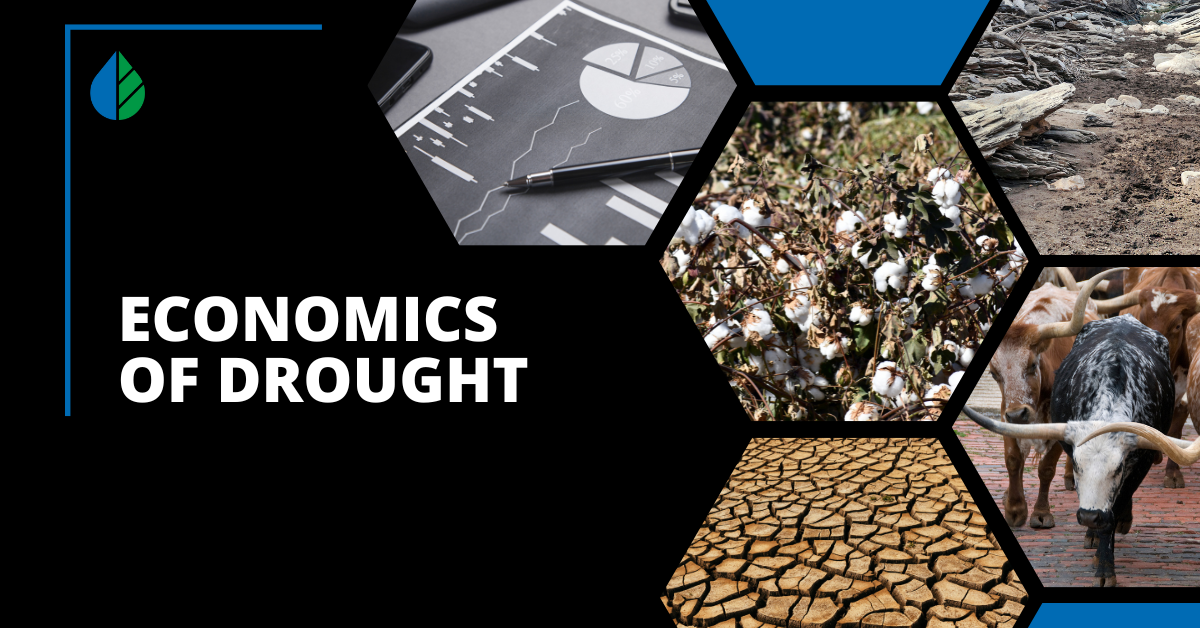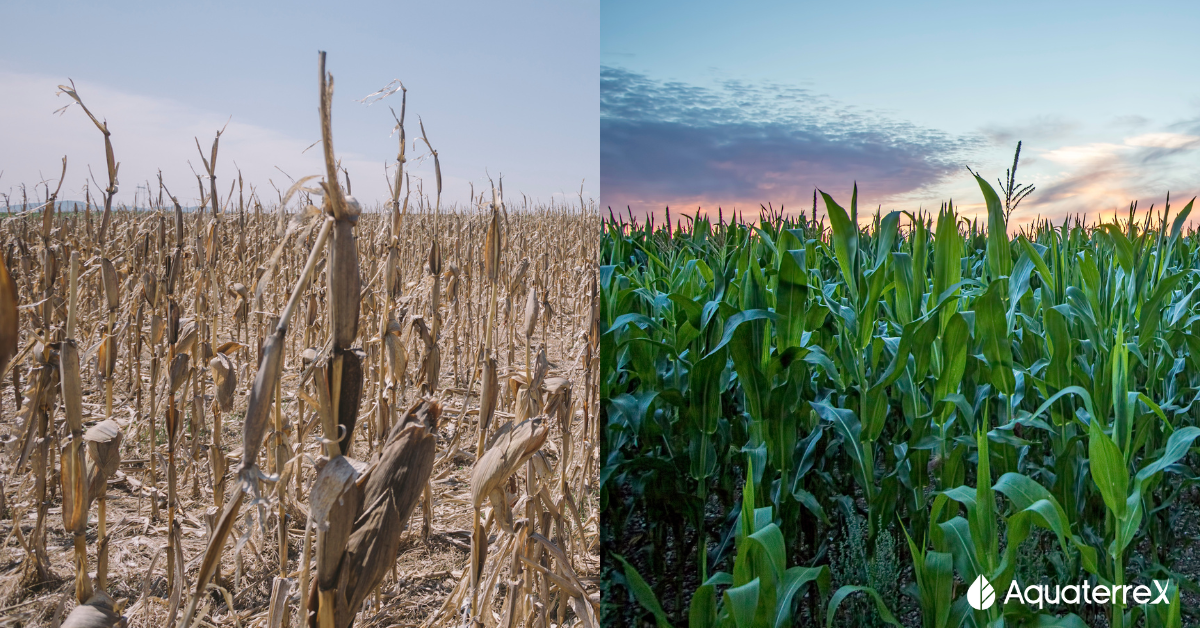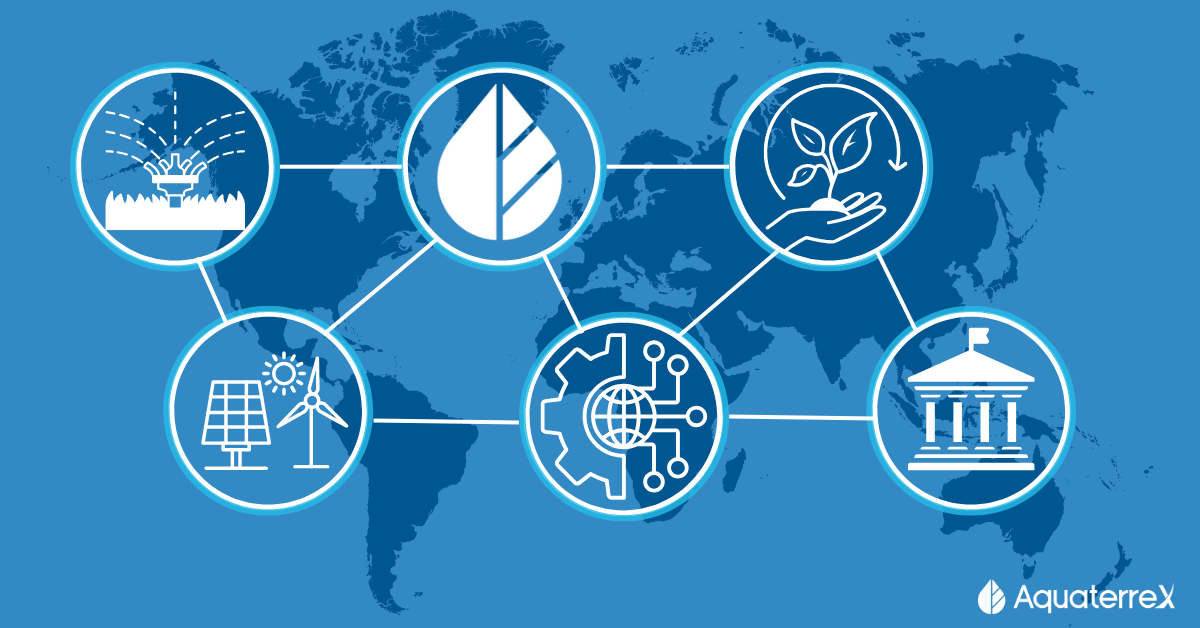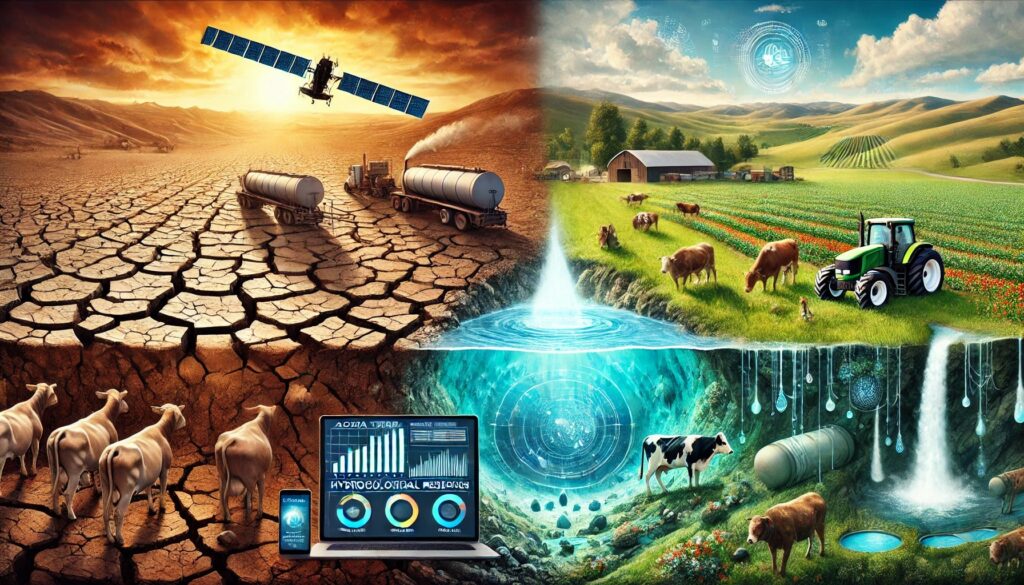
Adapting to Drought: How Farmers Are Transforming Agriculture and Livestock Management
From California’s Central Valley to the arid plains of Texas, water shortages and drought threaten agriculture, industry, and everyday life. Climate change, population growth, and outdated infrastructure exacerbate the situation, leaving many communities searching for reliable water sources. Traditional methods of water extraction, such as drilling deeper wells or relying on surface reservoirs, are proving insufficient.
AquaterreX is at the forefront of addressing America’s water challenges. Utilizing advanced satellite imaging, geospatial data, and proprietary AI-driven analysis, the company identifies significant water reserves hidden deep underground. These resources, often referred to as Deep Seated Water, exist in large, untapped aquifers and fractured rock formations, providing a sustainable alternative to over-extracted surface and groundwater supplies.
Drought has always been a formidable challenge for agriculture, and its impact has intensified with changing climate patterns. From altering crop choices to reshaping the livestock market, farmers across the U.S. are finding innovative ways to adapt. Understanding these trends is crucial for recognizing the broader implications of water scarcity and the urgent need for sustainable water management.
Shifting Crops: A Necessary Adaptation
Water scarcity has pushed farmers to reconsider their traditional crop choices. In drought-prone areas, growing water-intensive crops like corn or wheat is no longer viable. Instead, there’s a growing trend toward cultivating drought-resistant crops.
A recent survey by the American Farm Bureau Federation highlights the growing prevalence of such changes. Over 40% of farmers reported switching planned crops due to drought, marking a significant increase from previous years. This adaptability is a testament to the resilience of the agricultural community, but it also underscores the critical need for reliable water sources to support these transitions.
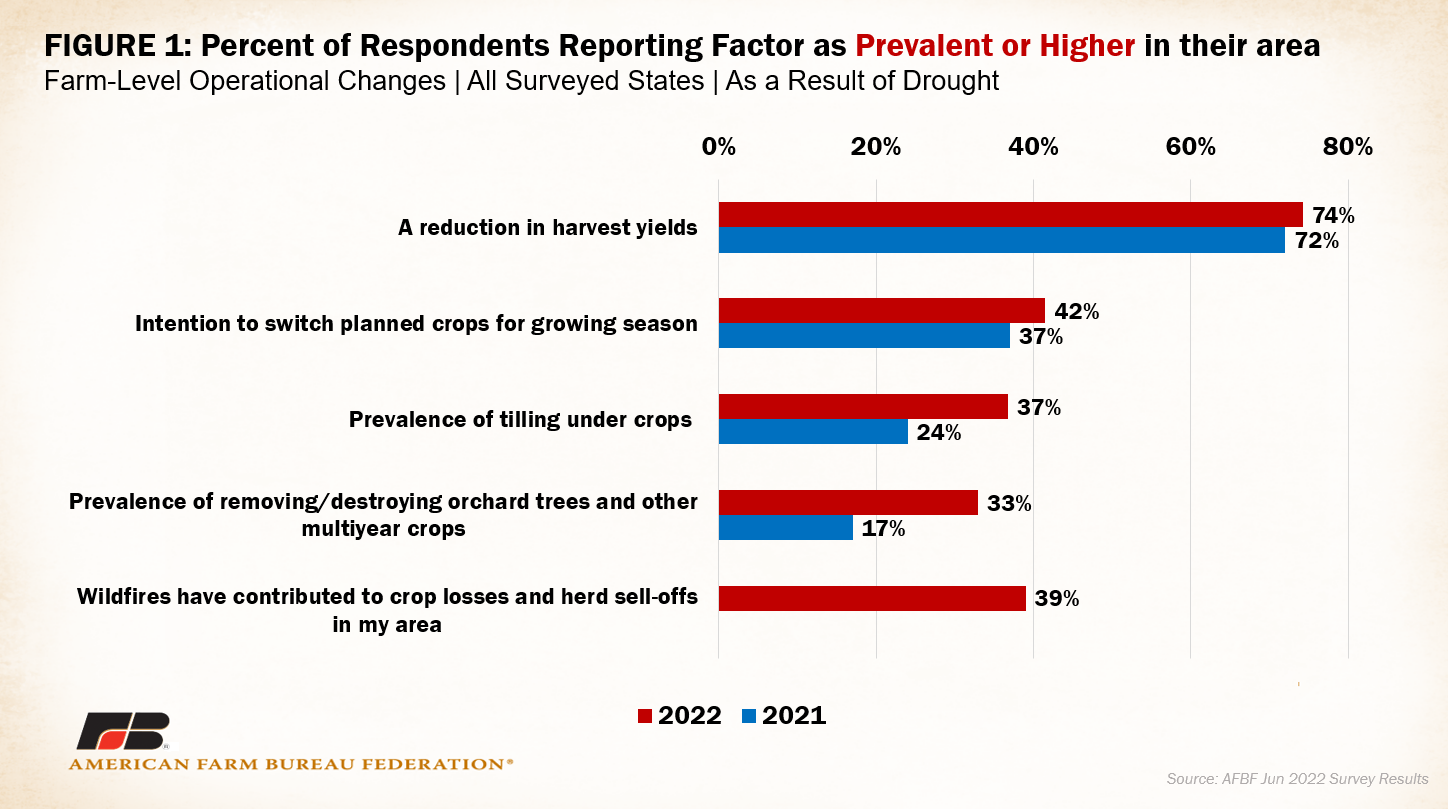
Courtesy of American Farm Bureau
Livestock Challenges: Navigating a Shifting Market
The livestock sector is equally affected by drought, with far-reaching consequences for cattle production and market dynamics.
- Shrinking Herd Sizes: In the United States, prolonged drought has led to the smallest beef cattle herd in six decades. Limited forage production forces farmers to reduce herd sizes or invest in costly supplemental feed.
- Rising Beef Prices: The declining cattle inventory has resulted in higher retail beef prices. While this might seem like a boon for farmers, many struggle to benefit due to rising production costs and lingering drought impacts.
- Economic Strain: Even with soaring beef prices, farmers face economic pressures that incentivize cattle liquidation. This cycle exacerbates the challenges of rebuilding herds once conditions improve.
These shifts have broader implications for food security and the economy. The balance between maintaining livestock and ensuring long-term sustainability is delicate, and solutions must prioritize efficient water use to mitigate these challenges.
The Role of Sustainable Water Management
At the heart of these agricultural transformations lies the critical issue of water. Whether it’s supporting the cultivation of drought-resistant crops or sustaining livestock through periods of scarcity, access to reliable water sources is essential.
Technological advancements in water location and management, such as those developed by companies like AquaterreX, can play a pivotal role in addressing these challenges. By identifying and utilizing deep-seated water reserves, farmers can gain access to previously untapped resources, ensuring their operations remain viable even in the face of extreme drought.
A Sustainable Future
As climate challenges continue to mount, companies like AquaterreX are proving that technological innovation can unlock solutions to some of the most pressing water issues. By leveraging deep earth water resources, the U.S. can alleviate shortages, support agriculture, and ensure long-term access to clean water for generations to come.
With AquaterreX leading the charge, the future of water security in the U.S. looks more promising than ever. Their commitment to sustainable water discovery is setting a new standard in how we think about and manage our most precious natural resource.
A Call for Resilience and Innovation
The impact of drought on agriculture and livestock underscores the urgent need for innovative solutions and adaptive strategies. Farmers have demonstrated remarkable resilience, shifting their practices to meet the challenges posed by water scarcity. However, the long-term sustainability of these efforts depends on effective water management and access to reliable resources.
As the agricultural sector continues to evolve, fostering collaboration between farmers, scientists, and water management experts will be essential. Together, they can create a future where agriculture thrives despite the challenges of a changing climate.
